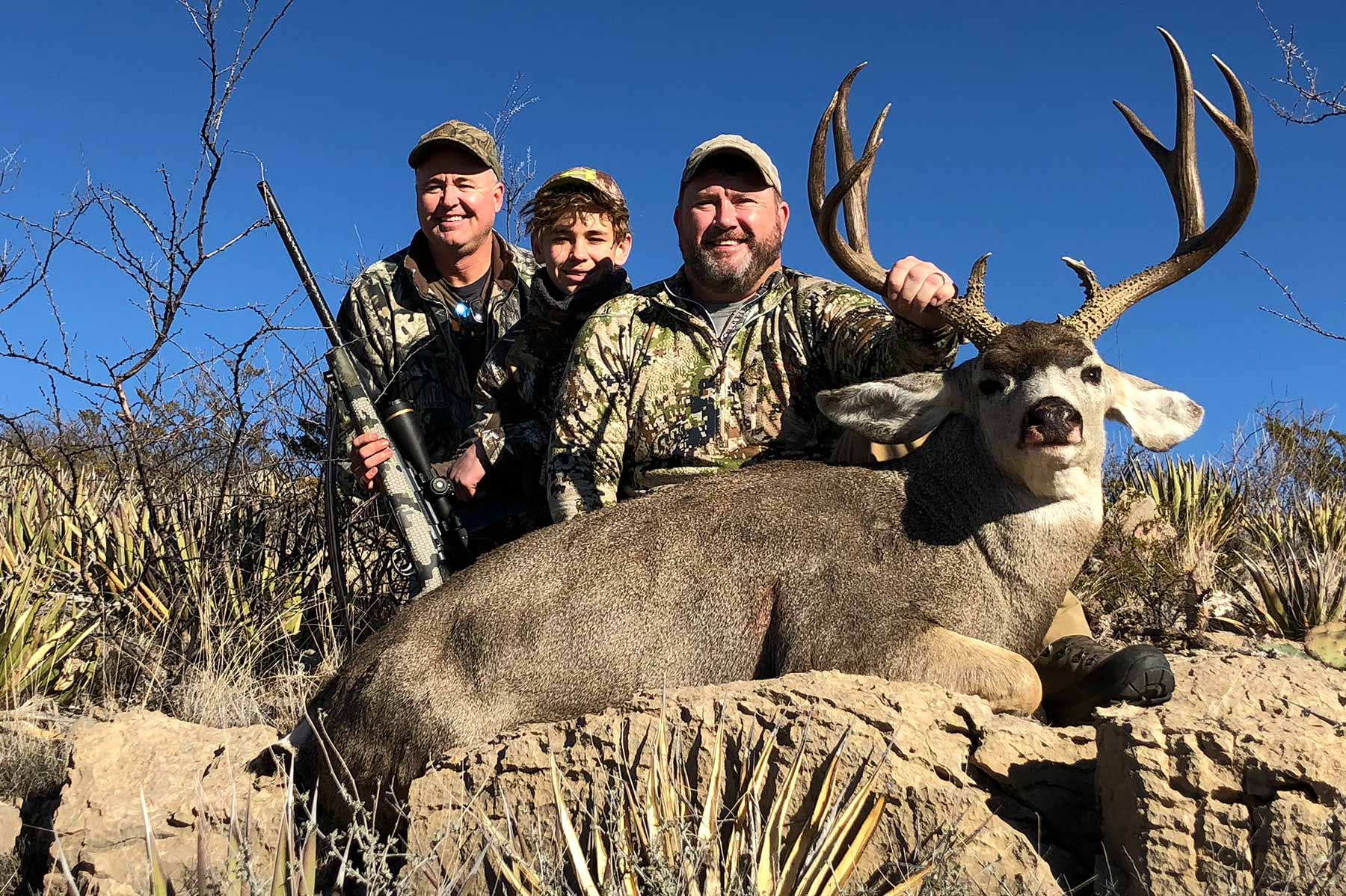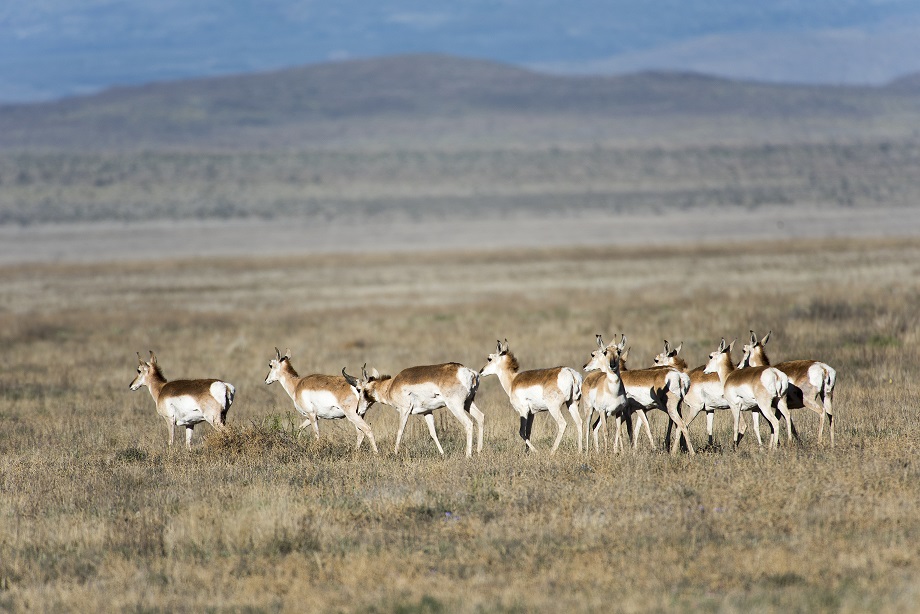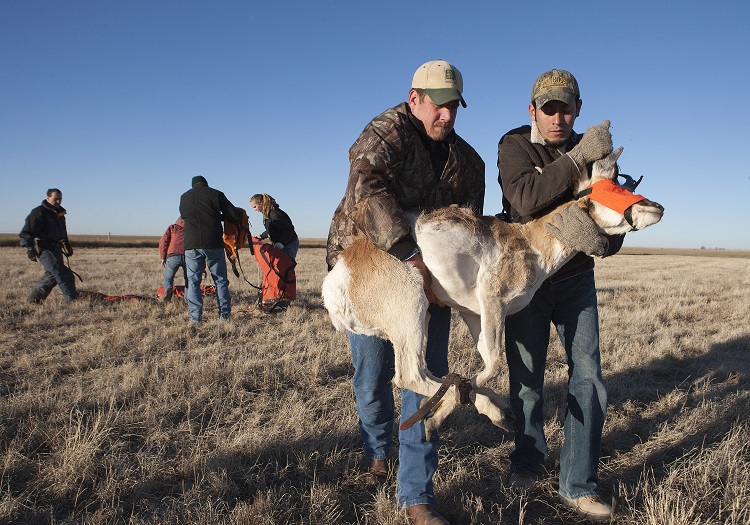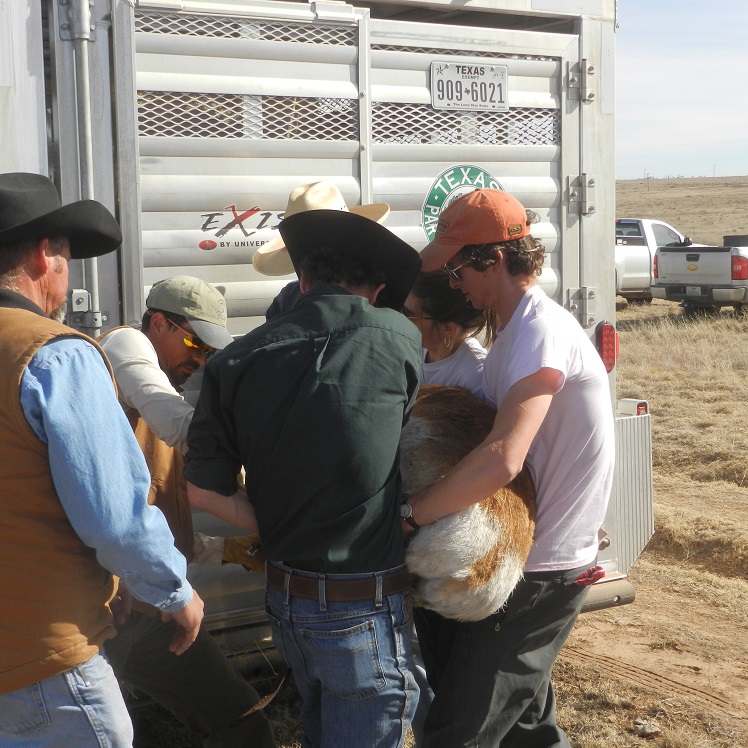On Deck for a Grand Slam
Thursday, October 3rd, 2019
2018 Grand Slam winner, Greg May ,at right, with his stepson Cauy and their professional guide, Greg Horak. Greg harvested a very nice 6½ year old 11-point mule deer that gross scored 171.
This is Passport to Texas
It’s time to step up to the plate and see if you can win the Texas Grand Slam.
Of all our Big Time Texas Hunt packages, the granddaddy of them all is the Grand Slam package.
Texas Parks and Wildlife’s Private Lands and Public Hunting Program Director Justin Dreibelbis.
This is where you hunt four iconic big game species all around the state in one calendar year.
That’s desert bighorn sheep, desert mule deer, pronghorn antelope and white-tailed deer. This is your opportunity to hunt with professional guides on some of the best wildlife management areas and private ranches in the state. Plus, you’ll get full lodging, meals and taxidermy with each hunt provided by Woodbury Taxidermy.
Enter online for only $9. There’s a $5 online administration fee, but you can enter as many times as you want in a single transaction. Just search for Big Time Texas Hunts on the Texas Parks and Wildlife website.
You don’t want to miss this chance of a lifetime. Take it from Greg May, the 2018 Texas Grand Slam winner.
To me it was the biggest dream come true in the world. I would tell everybody put your chances in, you might be the lucky guy or lady that wins it. If I can win it, anybody can.
The deadline to enter is October 15, so don’t stay on the bench. Hit a grand slam with Big Time Texas Hunts.
For Texas Parks and Wildlife…I’m Cecilia Nasti.





 Passport to Texas is a
Passport to Texas is a  Passport to Texas is made available by:
Passport to Texas is made available by: